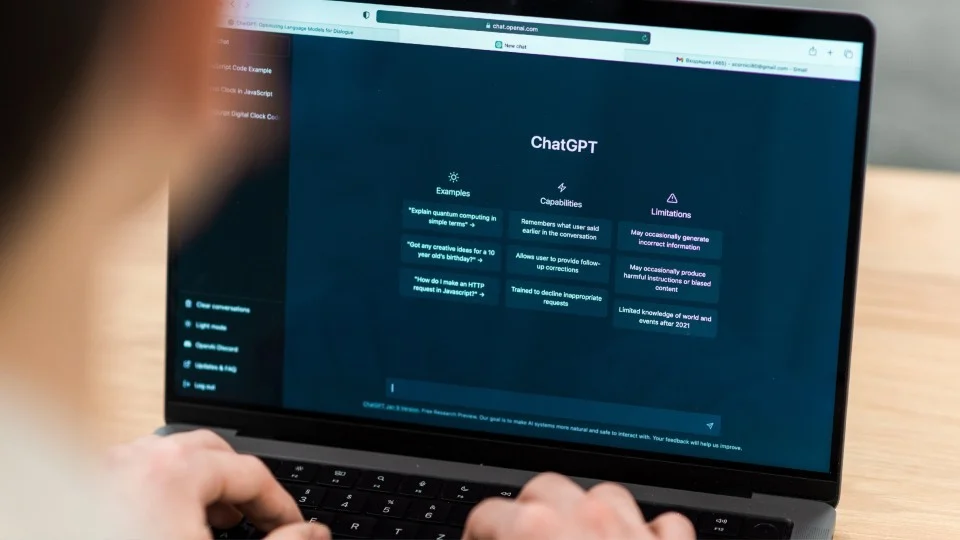How to Create Killer ChatGPT Prompts
How to Create Killer ChatGPT Prompts
In the realm of AI-driven communication, ChatGPT has emerged as a powerful tool capable of generating human-like text based on the prompts it receives. The effectiveness of ChatGPT largely depends on the quality of these prompts. Crafting well-structured prompts can lead to more accurate, relevant, and creative responses. This guide will walk you through the essential techniques and tips for creating killer ChatGPT prompts.
Understanding ChatGPT Prompts
What are ChatGPT Prompts?
Prompts are the input or instructions given to ChatGPT to elicit specific responses. They serve as the guiding framework that shapes the AI’s output. A well-crafted prompt can make the difference between a generic response and a highly tailored one.
Types of Prompts
- Open-ended Prompts: These prompts encourage creativity and expansive responses. For example, “Tell me a story about a magical adventure.”
- Specific Prompts: These prompts seek precise information. For instance, “What is the capital of France?”
- Conditional Prompts: These include conditions that the AI must consider. For example, “If it’s raining outside, what should I do?”
Crafting Effective Prompts
- Be Clear and Specific
The clarity of your prompt directly impacts the quality of the response. Vague prompts can lead to ambiguous answers. For example, instead of asking, “Tell me about history,” you could ask, “Can you provide a brief overview of the causes of World War II?”
- Provide Context
Context helps ChatGPT understand the background and nuances of your request. For instance, if you need a marketing email, specify the product, target audience, and desired tone. Example: “Write a promotional email for a new eco-friendly water bottle targeting young professionals.”
- Guide the Tone and Style
You can instruct ChatGPT to adopt a specific tone or style. Whether you need a formal report or a casual blog post, specifying this can enhance the relevance of the response. Example: “Write a blog post about the benefits of meditation in a friendly and engaging tone.”
- Use Examples
Providing examples within your prompt can help ChatGPT understand your expectations better. Example: “Write a product description for a smartwatch. Example: ‘This sleek smartwatch offers a range of features including heart rate monitoring, GPS tracking, and customizable watch faces.’”
- Test and Refine
Creating effective prompts is an iterative process. Test different versions of your prompt and refine them based on the responses you receive. This helps in honing the prompt to get the desired output.
Advanced Techniques
- Role-Playing Prompts
Assigning a role to ChatGPT can lead to more contextually appropriate responses. Example: “You are a travel blogger. Write a post about the top 5 destinations to visit in 2024.”
- Multi-Turn Prompts
For complex tasks, breaking down the prompt into multiple turns can be effective. Example: “First, list the ingredients for a chocolate cake. Then, provide step-by-step baking instructions.”
- Conditional Logic
Incorporating conditional logic can make the responses more dynamic. Example: “If the user asks about pricing, provide the price list. If they ask about features, list the key features.”
Common Pitfalls and How to Avoid Them
- Ambiguity
Avoid ambiguous language that can confuse the AI. Be as specific as possible to ensure clarity.
- Overloading the Prompt
While providing context is important, overloading the prompt with too much information can be counterproductive. Keep it concise and focused.
- Ignoring Bias
Be mindful of the language used in prompts to avoid introducing bias. Ensure that your prompts are neutral and inclusive.
Practical Examples
- Customer Support
Prompt: “You are a customer support agent. How would you respond to a customer who is unhappy with their recent purchase of a smartphone?”
- Content Creation
Prompt: “Write a 500-word article on the impact of remote work on employee productivity, including both positive and negative aspects.”
- Educational Content
Prompt: “Explain the concept of photosynthesis to a 10-year-old in simple terms.”
Mastering the art of creating killer ChatGPT prompts can unlock the full potential of AI-driven communication. By being clear, providing context, guiding the tone, using examples, and refining your prompts, you can achieve more accurate and relevant responses. Whether you are using ChatGPT for content creation, customer support, or educational purposes, these techniques will help you harness the power of AI effectively.

